Material handling is at the heart of every supply chain, warehouse, construction site, and manufacturing facility. It involves the movement, protection, storage, and control of materials—both raw and finished—throughout the production and distribution process. But how do you handle materials effectively, safely, and economically?
This guide explores how to material handling across various industries, highlighting essential tools, systems, safety standards, and techniques for optimized operations.
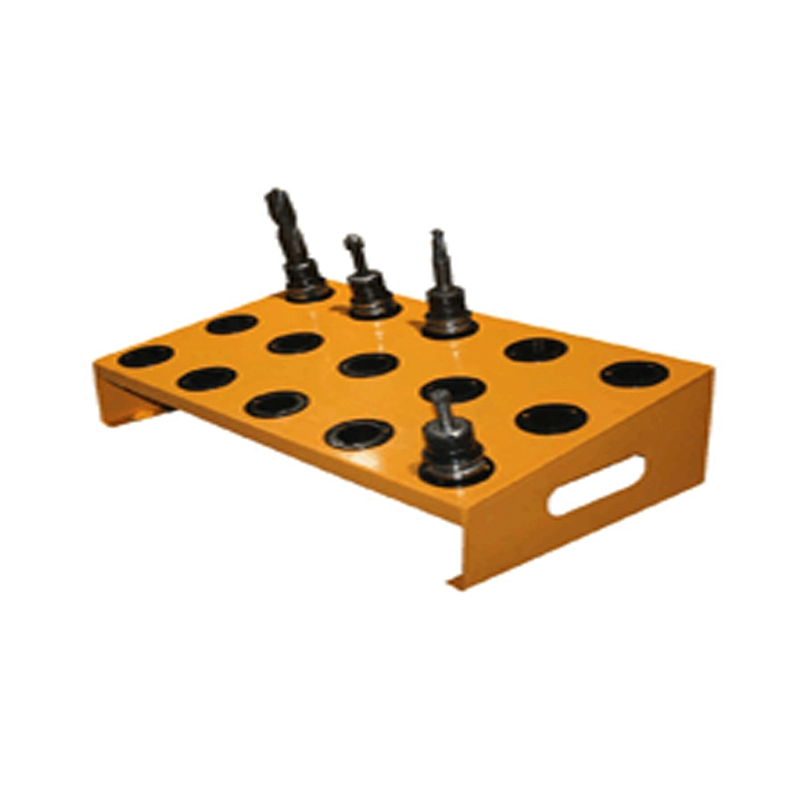
Table of Contents
ToggleUnderstanding the Fundamentals of Material Handling
Material handling covers every movement from the point materials enter a facility until they leave as a finished product. It includes:
- Loading and unloading
- Moving materials between processes
- Storing raw materials or finished goods
- Packaging, shipping, or recycling
Types of handling include manual, mechanical, and automated—each with varying tools, cost implications, and safety protocols.
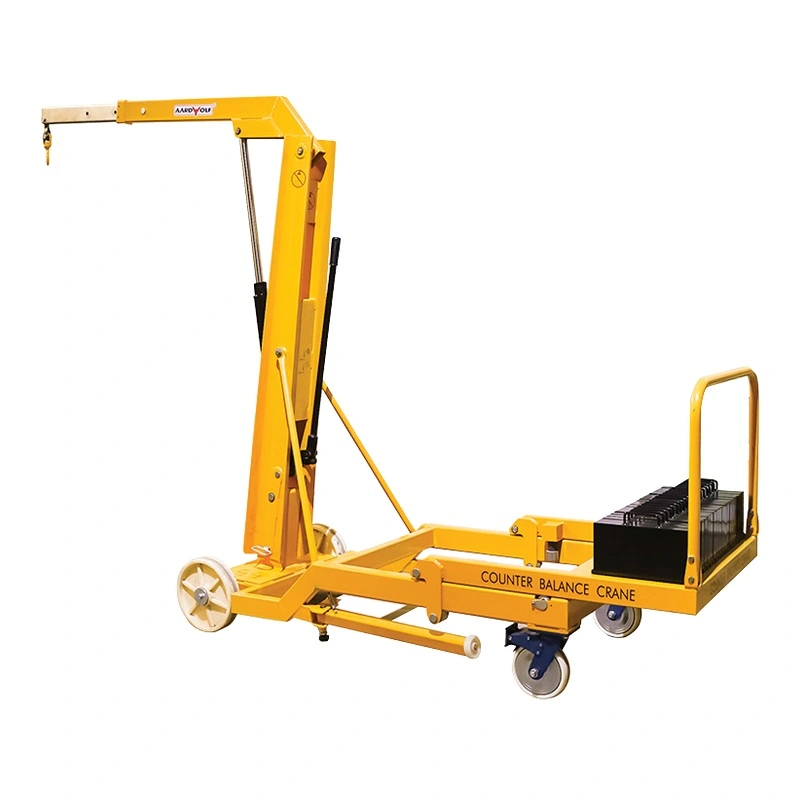
Step-by-Step: How to Material Handling in a Modern Facility
1. Assess Material Characteristics and Workflow
Start with understanding:
- Material type (liquid, granular, bulk, heavy-duty)
- Frequency of movement
- Distance of transport
- Required speed and safety level
This helps determine the right material handling equipment and method.
2. Select the Right Material Handling Equipment
Choosing appropriate equipment improves efficiency and reduces costs and injury risks. Equipment categories include:
- Manual material handling tools: dollies, hand trucks, and trolleys
- Automated material handling systems: robotics, conveyors, and AGVs
- Bulk material handling systems: screw conveyors, hoppers, silos
- Warehouse material handling equipment: forklifts, pallet jacks, racks
🔗 Aardwolf Vacuum Lifters
🔗 Aardwolf Slab Lifters
🔗 Aardwolf Jib Cranes
🔗 jib crane
3. Design a Logical Layout for Movement
Efficient layout design prevents unnecessary movements and delays. Use:
- Overhead material handling systems for maximizing vertical space
- Conveyors for material handling to reduce manual transfers
- Cranes and hoists for high-volume vertical lifts
This is especially useful in material handling for warehouses and manufacturing plants.
4. Follow Material Handling Safety Standards
Safety is crucial in material handling. Employers must provide:
- Proper material handling training programs
- PPE like gloves, back support, helmets, and boots
- Supervision and compliance with OSHA and ISO standards
Also, remind workers of best practices like avoiding loose clothing around machinery.
🔗 Loose Clothing Is Best to Wear When Handling Material?
5. Integrate Automation for Speed and Accuracy
Automation improves repeatability and minimizes human error. Ideal for:
- Material handling in logistics hubs
- Pharmaceutical material handling systems
- Food industry where hygiene and speed are critical
Benefits include:
- Reduced labor costs
- Improved productivity
- Lower injury rates
🔗 How to Reduce Material Handling Cost?
Industry Applications of Material Handling
✅ Material Handling for Manufacturing
Used to move raw materials to the assembly line and finished products to the warehouse using forklifts, carts, and conveyors.
✅ Material Handling in Construction
Rugged tools like cranes, hoists, and vacuum paver lifters streamline movement of concrete, glass, and stone.
🔗 paver lifter
✅ Material Handling in Logistics
Efficiency in moving packages through sorting centers and loading docks using automated conveyors and sorting robots.
✅ Material Handling in Food and Pharma
Compliance with safety standards, temperature-controlled storage, and contamination-free tools are vital. Use stainless steel systems and sanitary conveyor belts.
How to Improve Material Handling Efficiency?
Here are best practices:
- Implement lean warehouse principles
- Schedule regular maintenance
- Use low-cost material handling solutions for small tasks
- Opt for used material handling equipment for sale if budget is tight
- Optimize with software for inventory and movement tracking
🔗 How Does Material Handling Impact the Human Labor Force?
Comparing Manual vs Automated Material Handling
| Criteria | Manual Material Handling | Automated Material Handling |
|---|---|---|
| Cost | Low initial cost | Higher upfront, lower long-term |
| Speed | Slower | Much faster |
| Injury Risk | High | Low |
| Accuracy | Variable | High consistency |
| Best for | Small batches | High-volume operations |
How to Choose the Right Material Handling System?
When selecting a system, consider:
- Volume of materials
- Material type and fragility
- Labor availability and cost
- Return on investment
- Industry compliance requirements
Consult material handling system suppliers or material handling equipment manufacturers for tailored solutions.
Final Thoughts
Learning how to material handling efficiently can lead to safer workplaces, optimized workflows, and increased profitability. Whether you’re managing a warehouse, a logistics company, or a construction site, a strategic material handling plan supported by the right tools and training will make a measurable difference.

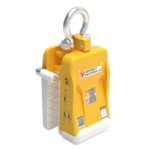
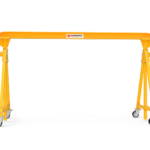
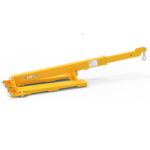

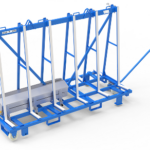

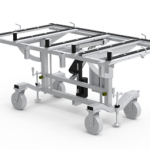
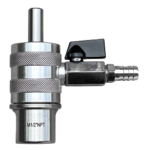
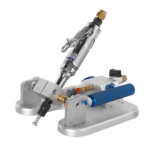


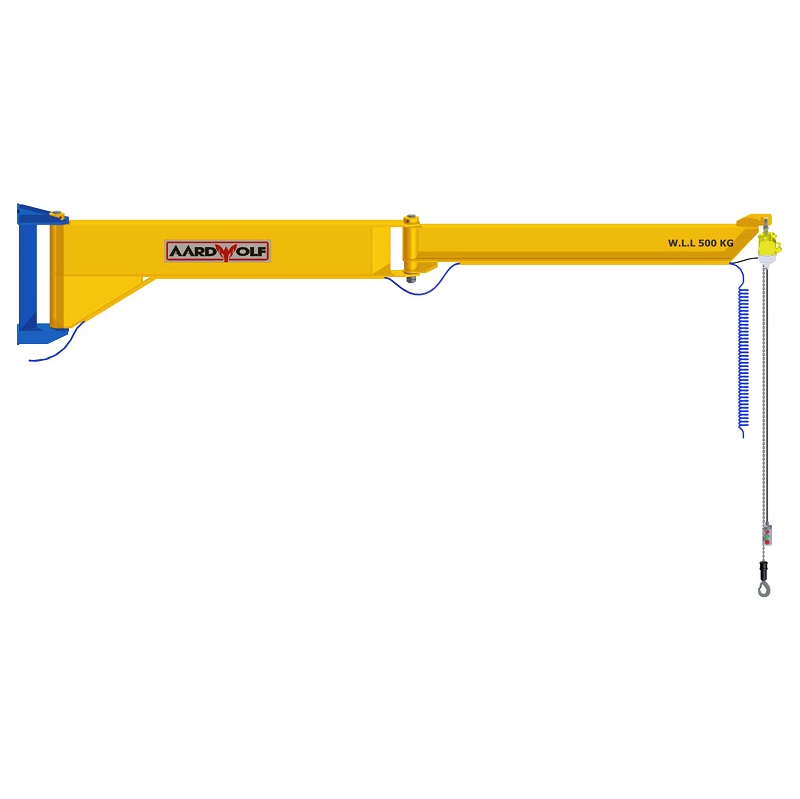
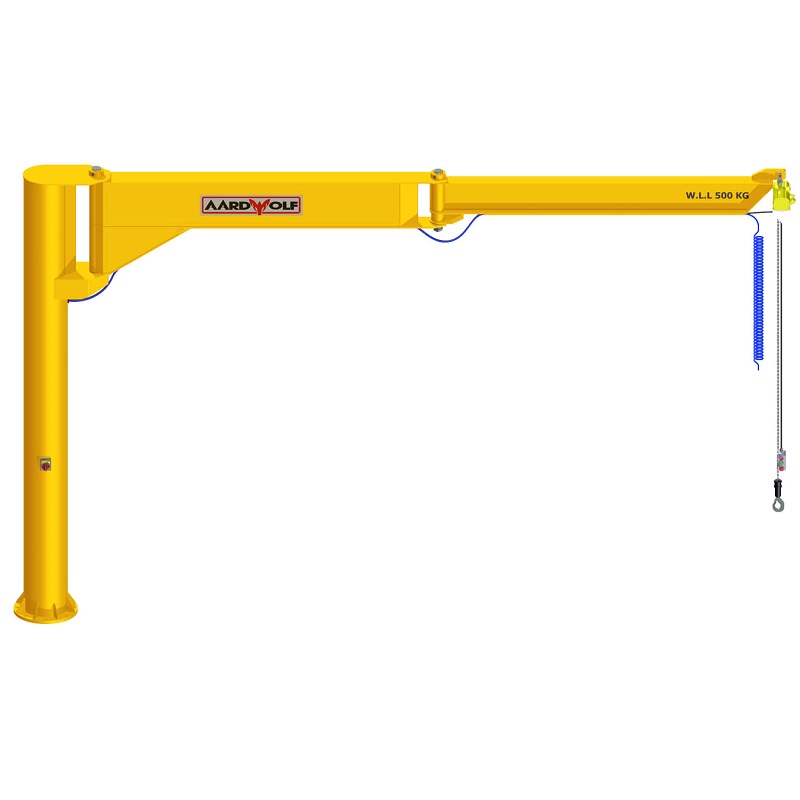
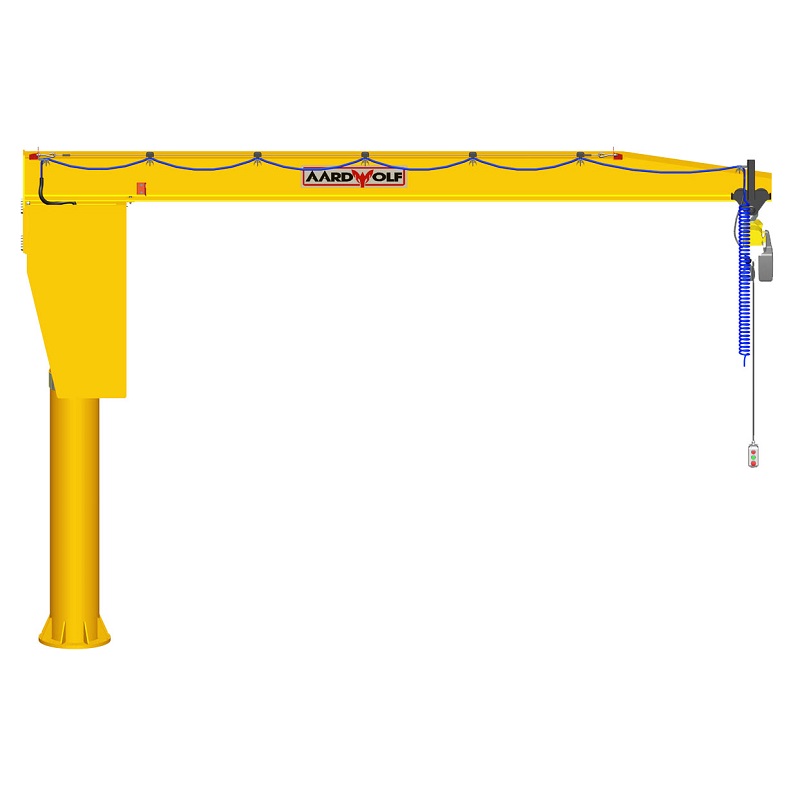
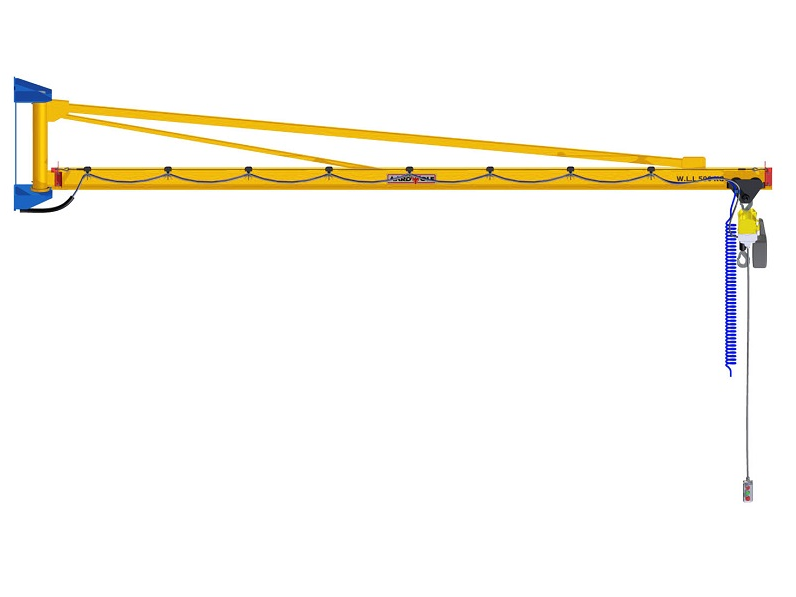

Please log in to leave a comment.